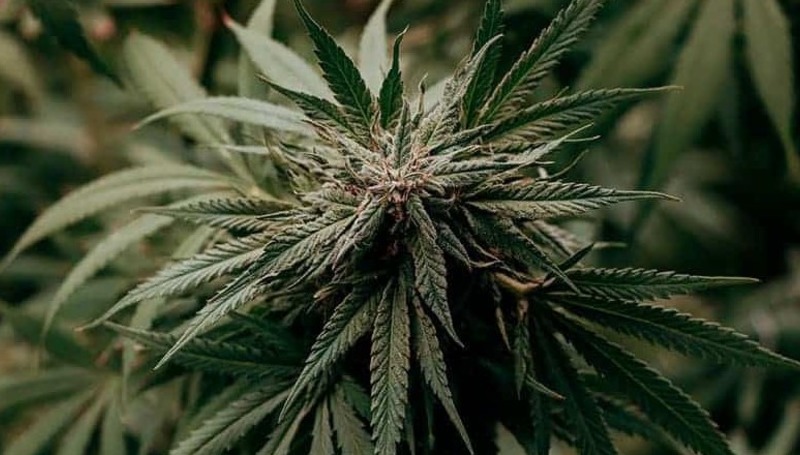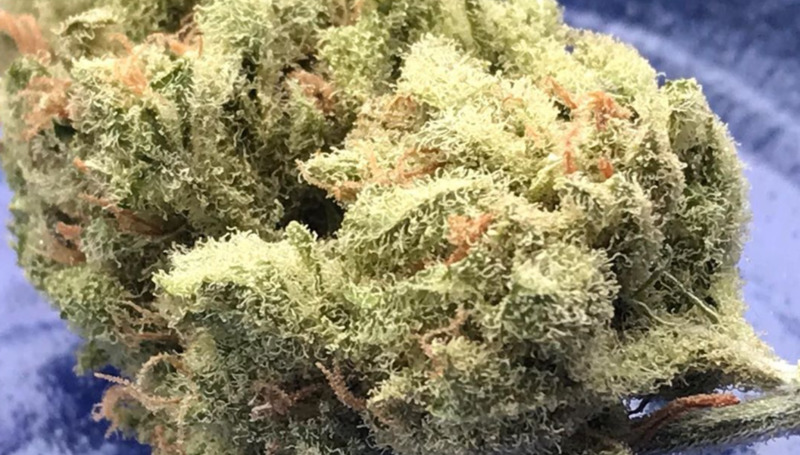A cross between Green Crack and Tres Dawg created by High & Lonesome Seeds, Appalachia is a hybrid with a white, hazy trichome layer that gives the buds a sage green color with darker leaves and fiery hairs peeking out from beneath. With an earthy pine aroma and mild fruit notes, Appalachian delivers a dreamy cerebral buzz paired with relaxing full-body effects. Appetite, sensory perception, and pain are enhanced while other symptoms dull, making Appalachia an attractive strain for both medical patients and recreational users. Looking to try something new? Check out this.
Apalachia Strain Overview
The Appalachia strain is a hybrid, but it has more sativa characteristics. Users claim that it helps to elevate, energize, and relax them. Its THC content is in the middle range by today’s standards, yet its effects may be too overpowering for novices. It’s simple to grow with little effort required.
The Appalachians are a renowned mountain range that runs through eastern North America. It is probable that the name was given to this strain in recognition of its magnificent area of origin. It’s a great strain for both recreational and medical users, so read on to learn more.
What Is the Appalachia Strain?
It’s a cross of Tres Dawg and Green Crack that’s somewhat sativa-dominant. High & Lonesome Seeds developed it, and Appalachia has an intense high that is nonetheless manageable for an experienced user.

The history of the “Afghani #1” strains can be traced back to a farm in northern California, where chemists discovered that plants crossbred between Afghani and Kosher Kush. Purple Urkle was bred from OG Kush, Hindu Kush and Bad Seed, while Tres Dawg is the result of crossing Afghan#1 with #TresDawg. Users frequently report feeling energetic after using this strain. However, they also note that this energy buzz is followed by a period of physical relaxation.
Appalachia can produce feelings of euphoria for the first few hours. Some people claim to be inexplicably joyful after smoking a few cigarettes. There’s also a chance you’ll burst out laughing for no apparent reason. Another advantage of this strain is that you’re unlikely to have a cloudy mind.
Appalachia does not produce psychedelic side effects, unlike Green Crack. Rather, you’re more likely to profit from increased attention. The effects of this strain eventually make their way to your body after a while. As a result, it’s vital to take advantage of the energy burst as soon as possible since relaxation is just around the corner. Appalachia usage, on the other hand, does not usually induce couch-lock.
Aroma
The Appalachia strain has a skunky odor with undertones of sweetness and citrus. Green Crack’s derivatives are said to have a similar scent, according to those who have used it. When you break open the buds, you’re likely to get a strong scent of pine and hash.
Flavor
When you light Appalachia, you may expect a skunky and herbal flavor with a smooth smoking experience. Some users report getting a fuel taste and claim that this strain is easy on the lungs.
Appearance
The flowers of Appalachia are huge and elongated. The buds appear to be typical sativas, while the leaves are dull green in color. As a result, the bright orange pistils and white trichomes really catch the eye. You’ll probably need a grinder to break down this strain effectively.
Medical Benefits of the Appalachia Strain
When it comes to assessing the possible effects of marijuana, we must proceed with caution. While research is ongoing, we rarely discover the actual strain being utilized. As a result, most information on MMJ is anecdotal.
The supporters of the program claim that it has strong anti-inflammatory properties for Appalachia. As a result, it may help with symptoms such as headaches and nausea.
Some people rely on Appalachia for depression and stress. This is due to the uplift in mood it can provide. It’s also been said that it might aid with attention. If this is the case, individuals with ADD/ADHD should think about it.
Possible Side Effects of the Appalachia Strain
Appalachia, like all marijuana strains high in THC, has some negative side effects. Its sativa side, for example, might induce dizziness in people unfamiliar with cannabis. It’s also a poor idea to use if you panic or have a low THC tolerance.
The Appalachia strain hits you between the eyes at first. If you’ve never experienced it before, your eyes may get bloodshot as a result of excessive use. You could also have a dry throat. Unless you have an extremely high tolerance, this marijuana strain is best used in modest doses. The adverse effects that you experience are usually short-lived in nature.
Appalachia Strain Grow Info
Unfortunately, you won’t be able to purchase Appalachia seeds commercially. As a result, you’ll have to make do with clippings and grow clones. At the absolute least, it allows you to skip the germination process! You can cultivate Appalachia indoors or outside, just as with most hybrids. If you want your plant to thrive in such conditions, choose an area that is both humid and warm.
Green Crack and Appalachia are both strains that develop tall and spindly. Trimming it might be required if you grow it indoors, especially during the blooming phase. Indoor cultivators can anticipate a flowering time of 8-10 weeks. The yield is in the 10-12 ounce per square meter planted range, according to reports from indoor gardeners.
The yield of a cannabis plant grown outside of Appalachia is around 12 ounces of bud per plant. It’s usually ready for harvesting in October if cultivated outdoors.
Once you’ve harvested this strain, we recommend spending extra time drying and curing it. This process greatly improves the flavor and potency of the buds. Hang the buds upside down in a room with 50% humidity and a temperature of 70 degrees Fahrenheit. When the buds are dry enough, transfer them to a glass mason jar. Open the jar numerous times a day for a few days
THC Content – Highest Test
The Appalachian strain is a powerful one, with an average THC level of 16-18%. Some cuts, however, have been reported to reach 22%. Novices should avoid it because the high comes quickly and intensely to your head. If you’re not used to the effects, it’s powerful enough to cause dizziness.
